Cuttings First Winter in NYC
stepheninnyc
12 years ago
Related Stories

MOST POPULARHouzz Call: Show Us Your Winter View!
Share pictures of your home and garden in winter — whatever your climate, architecture and plantings
Full Story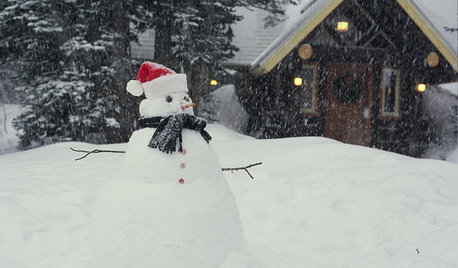
LIFEShare Your Winter Storm Jonas Photos and Survival Tips!
Let’s see your pictures and hear your ideas on how you’re keeping your house warm and staving off cabin fever
Full Story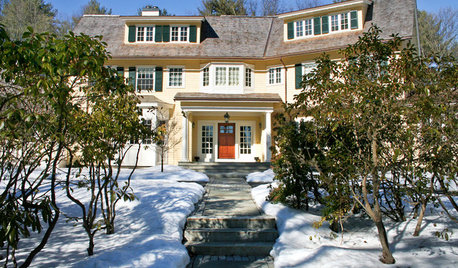
GARDENING AND LANDSCAPINGTake a Winter Walk on the Safe Side
Learn how to handle snow, ice and other cold-weather landscape factors to minimize falls and damage
Full Story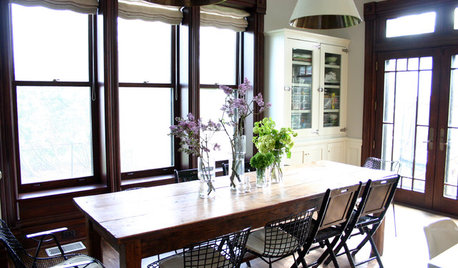
MOST POPULARFirst Things First: How to Prioritize Home Projects
What to do when you’re contemplating home improvements after a move and you don't know where to begin
Full Story
DECORATING GUIDESOn Trend: Cut It Out With Norwegian Seating
You may find these nipped-out chairs extra full of modern style and comfort, thanks to their savvy designs
Full Story
KITCHEN DESIGNHouzz Call: Tell Us About Your First Kitchen
Great or godforsaken? Ragtag or refined? We want to hear about your younger self’s cooking space
Full Story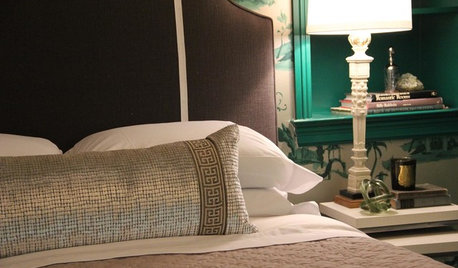
HOME INNOVATIONSConsidering Renting to Vacationers? Read This First
More people are redesigning their homes for the short-term-rental boom. Here are 3 examples — and what to consider before joining in
Full Story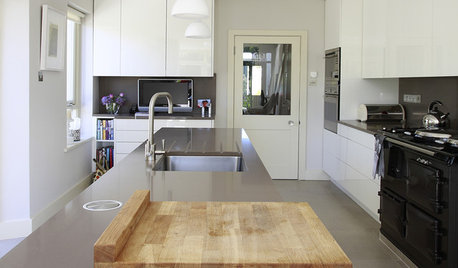
KITCHEN DESIGNButcher Block Makes the Cut for Holiday Kitchen Prep
Countertops and cutting boards will likely take a beating over the holidays. These butcher blocks have the chops to perform under pressure
Full Story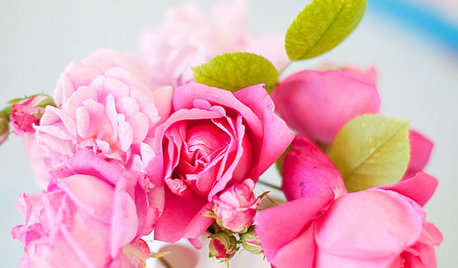
BUDGET DECORATINGSimple Pleasures: Treat Yourself to Cut Flowers
Enjoy priceless beauty with just a few inexpensive stems — and you don’t need fancy vases, either
Full Story
HOME OFFICESQuiet, Please! How to Cut Noise Pollution at Home
Leaf blowers, trucks or noisy neighbors driving you berserk? These sound-reduction strategies can help you hush things up
Full StoryMore Discussions






tamararly
stepheninnycOriginal Author
Related Professionals
Arnold Landscape Architects & Landscape Designers · Kyle Landscape Architects & Landscape Designers · Marco Island Landscape Architects & Landscape Designers · Maple Heights Landscape Architects & Landscape Designers · Sahuarita Landscape Architects & Landscape Designers · El Reno Landscape Contractors · Gallatin Landscape Contractors · Hayward Landscape Contractors · Mastic Beach Landscape Contractors · Sammamish Landscape Contractors · Seymour Landscape Contractors · Bakersfield Swimming Pool Builders · Grandview Swimming Pool Builders · Tucson Swimming Pool Builders · West Palm Beach Swimming Pool Buildersluis_pr
tamararly
rhizo_1 (North AL) zone 7
stepheninnycOriginal Author
rhizo_1 (North AL) zone 7
stuckinthedirt
tamararly
stuckinthedirt
tamararly
stepheninnycOriginal Author
User
jolj
tamararly
stepheninnycOriginal Author
tamararly
ozzysboy